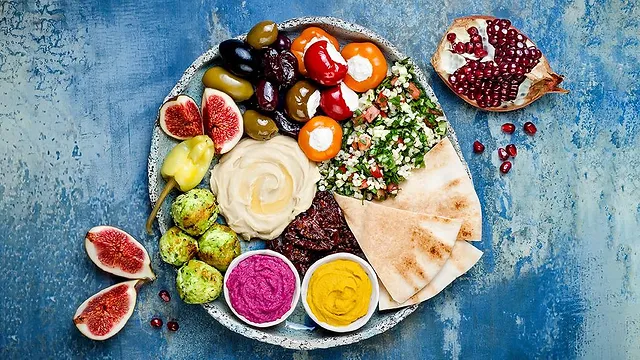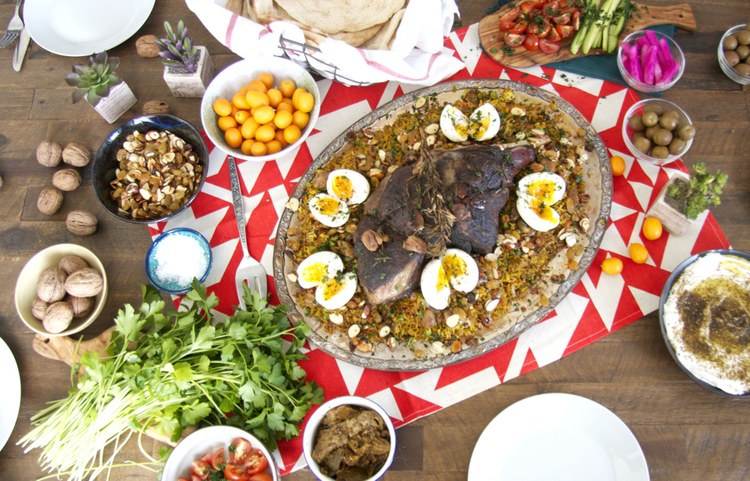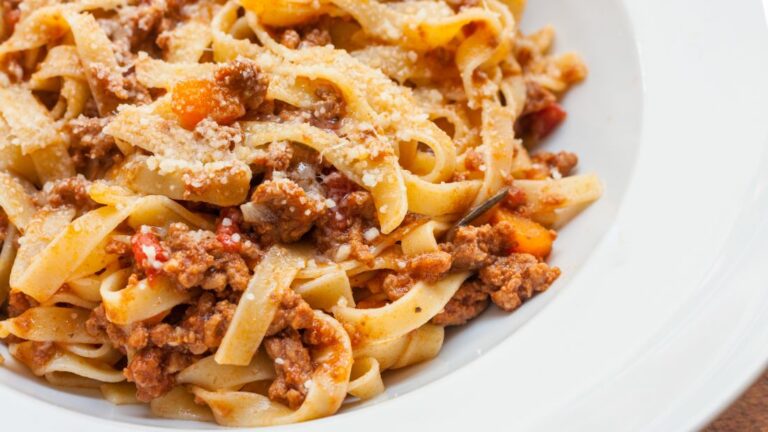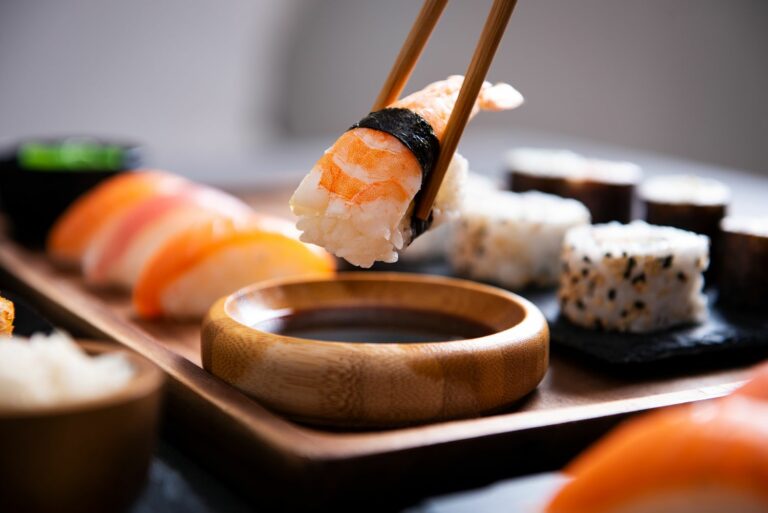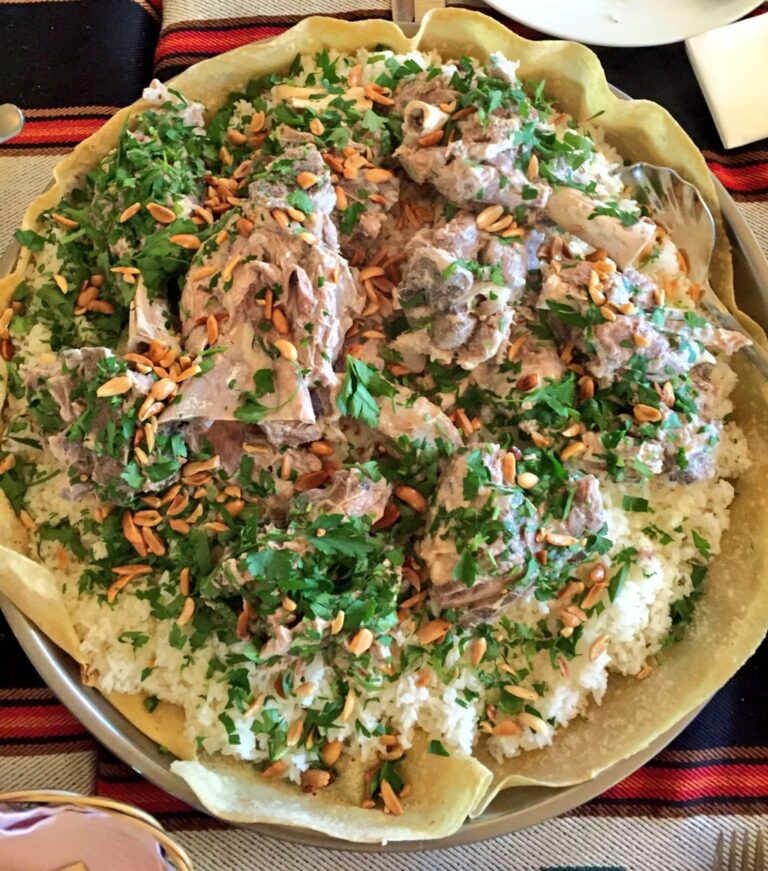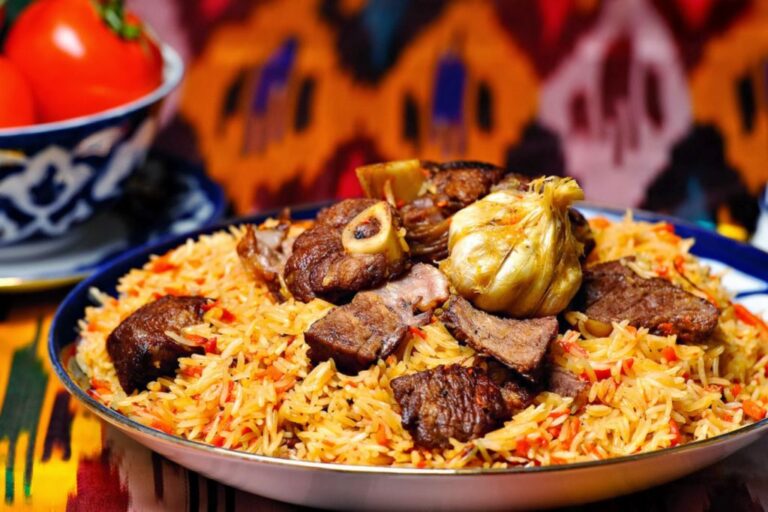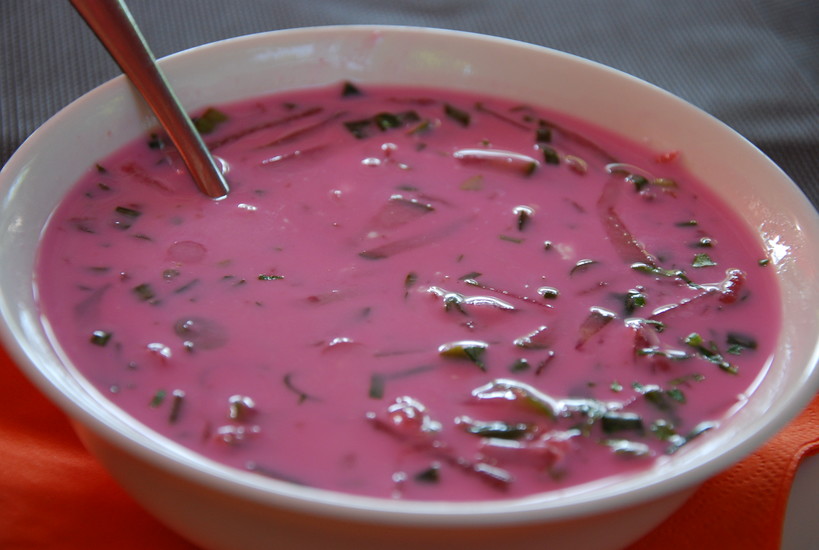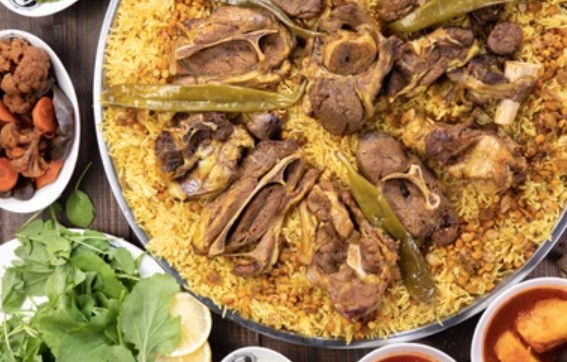Introduction: Jamaican Cuisine Overview
Jamaican cuisine is a blend of African, European, and Asian influences. The island nation’s cuisine is known for its unique and spicy flavors, which are achieved through the use of a variety of herbs and spices. Jamaican cuisine is also famous for its signature dishes such as jerk chicken, curry goat, and ackee and saltfish.
Jamaican Cuisine: Popular Ingredients
Jamaican cuisine is known for its use of fresh and flavorful ingredients. Some of the most popular ingredients in Jamaican cuisine include plantains, yams, cassava, rice, peas, and beans. Other staples of Jamaican cuisine include various types of seafood such as fish, shrimp, and lobster. Additionally, Jamaican cuisine is famous for its use of spices such as allspice, nutmeg, ginger, and scotch bonnet peppers.
Jamaican Dietary Restrictions
Jamaican cuisine does not have any specific dietary restrictions, but there are some considerations to keep in mind. For example, many Jamaican dishes are high in sodium and fat, which can be problematic for individuals with heart disease or high blood pressure. Additionally, some Jamaican dishes contain peanuts or other allergens, which can be problematic for individuals with food allergies.
Food Preparations in Jamaican Cuisine
Jamaican cuisine is known for its unique food preparations, which often involve slow cooking or marinating. For example, jerk chicken involves marinating chicken in a spicy mixture of herbs and spices before cooking it slowly over a charcoal fire. Another popular Jamaican dish is curry goat, which involves slow cooking the meat in a mixture of curry powder and other spices. Additionally, many Jamaican dishes are served with rice and peas, which are cooked together and flavored with coconut milk and other spices.
Jamaican Cuisine and Health Considerations
While Jamaican cuisine is delicious and flavorful, it is important to keep in mind that some dishes can be high in sodium and fat. To make Jamaican cuisine healthier, individuals can opt for grilled or baked dishes instead of fried ones. Additionally, individuals can use herbs and spices to add flavor to dishes instead of relying on salt. Finally, Jamaican cuisine is rich in fruits and vegetables, which can help individuals meet their daily nutritional needs.
Conclusion: Final Thoughts on Jamaican Cuisine
Jamaican cuisine is a delicious and flavorful cuisine that is known for its unique spices and slow-cooking techniques. While some dishes can be high in sodium and fat, there are many ways to make Jamaican cuisine healthier. By using herbs and spices to add flavor and opting for grilled or baked dishes, individuals can enjoy the delicious flavors of Jamaican cuisine while still maintaining a healthy diet.


